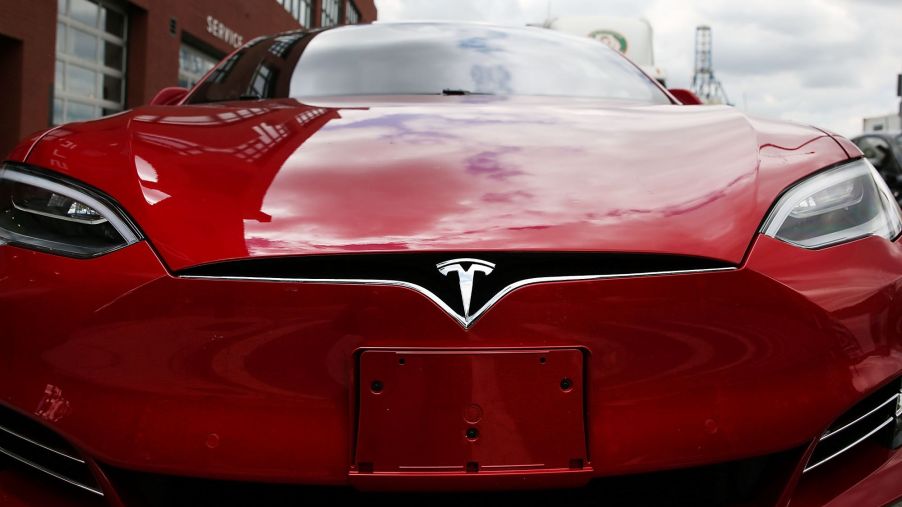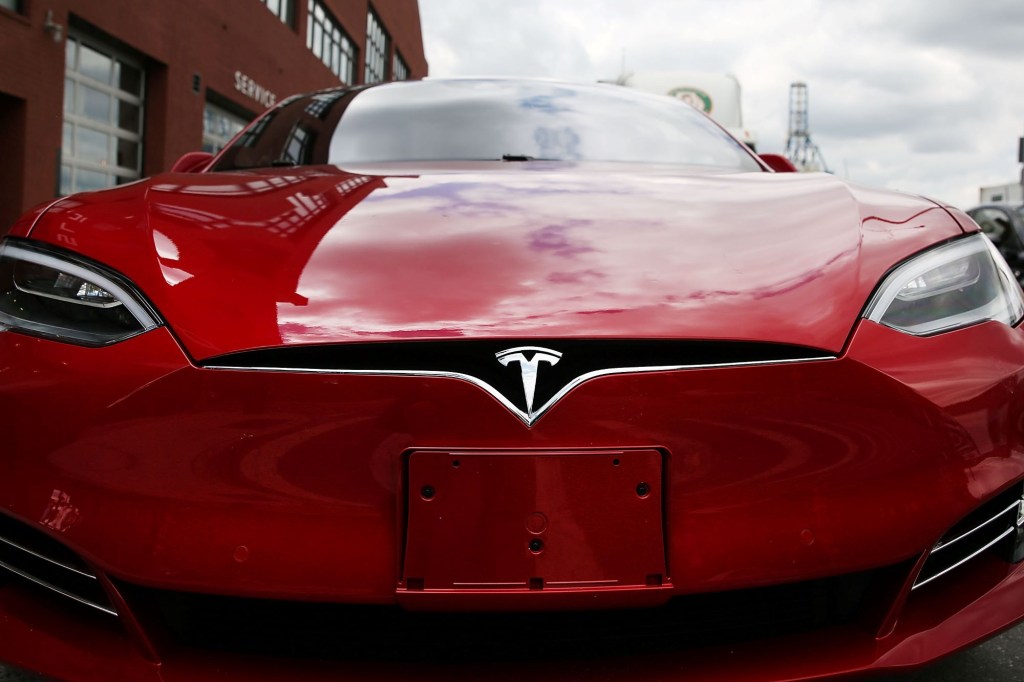
Tesla’s Autopilot Isn’t the Only Driver-Assistance Feature That Doesn’t Need a Driver
You’ve probably seen a lot of news about Tesla’s self-driving feature. However, Autopilot is the most buzzed-about semi-autonomous feature. It’s often confused with Tesla’s Full Self Driving Feature. The former is an advanced form of cruise control that requires your hands to be on the wheel, while the latter is intended to be precisely what it says it is: full self-driving. However, while Autopilot and the Full-Self-Driving feature are well-known, other automakers have launched their own self-driving and similar features that give Tesla a run for its money.
The road to the Autopilot

Still, the Autopilot, attached to the mega-popular Tesla vehicles, is likely to drive the conversation for some time. The feature uses multiple cameras and infrared sensors, along with radar and an onboard computer to help it accelerate, brake, and steer in its lane, as well as make automatic lane changes in slow-moving highway traffic. It can operate in the city or on the highway, working optimally on roads with clearly painted lanes and an alert driver at the wheel, ready to control if something goes wrong.
Critics and consumers have praised Autopilot for how effective it can be under the right conditions. But the feature is not without some controversy. The very idea of semi-autonomous and fully autonomous cars generates various ethical and legal issues, the lion’s share of which has not been worked out by lawmakers and the courts. And Autopilot’s launch has not gone on without a hitch.
As per Reuters, the National Highway Traffic Safety Administration (NHTSA) has identified 12 crashes involving Autopilot and has opened an investigation. Most of these incidents occurred after dark, questioning the feature’s efficacy in low light conditions. NHTSA’s probe will cover 765000 Tesla’s manufactured between 2014 and 2021 and have given the company until October 22 to answer questions related to these incidents.
Alternatives to the Autopilot
Despite its advancement and buzz, the Autopilot is far from the only game in town. For example, the GM Super Cruise feature allows extended hands-free travel on highways. It also uses an infrared camera inside the vehicle to determine whether a driver is paying enough attention to the road. Ford’s Blue Cruise operates similarly, though it fairs particularly poorly on curved roads. However, the system can be fooled into engaging fully and operating without someone in the driver’s seat.
This is precisely the kind of vulnerability that auto manufacturers are trying to avoid, as even the most ambitious automotive CEO knows these systems are not infallible. Yet in a recent Car and Driver piece on Tesla self-driving systems, every system they tested could be fooled into operating without a driver. The magazine tested systems in various new vehicles. BMW, Cadillac, and Mercedes’ systems handled inattention and deliberate misuse of the best of these systems.
And of the systems tested, GM’s Super Cruise comes closest to Autopilot’s hands-free range. It works well on mapped highways, but GM has plans to ensure it works well in 95 percent of driving situations, as per Car and Driver. You’d have to use the adaptive cruise control to mimic this feature with the other 17 vehicles tested, and most of them stopped immediately or after a warning.
Tesla and fully self-driving vehicles
Tesla vehicles include a Full-Self Driving feature that is currently in beta testing. According to CNN, the test has included a few thousand drivers over the past year. It’s also open to drivers who have paid an additional $10,000 for the Full Self-Driving feature and who pass a screening by the company of their driving behavior.
Since 2016, Tesla has equipped each new vehicle manufactured with the hardware necessary to execute the Full Self-Driving mode. The feature can be delivered through an over-the-air update to interested buyers when it is widely available. And, as per CNN, though those who are beta testing the technology have noted that while it works reasonably well, it does require frequent manual intervention to prevent crashes. Some critics have assailed the feature for misleading marketing as it says a driver could not safely sleep in a Tesla while this feature is engaged.
That has been a part of Musk’s vision for years, as he outlined in a 2017 TED Talk. By his admission, the Full Self-Driving feature does not live up to that lofty standard. And while Autopilot and Full Self-Driving fall short of these ambitions, it’s not hard to see future versions of Tesla’s vehicles meeting the full promise of Musk’s ambition, as well as that of popular imagination.



